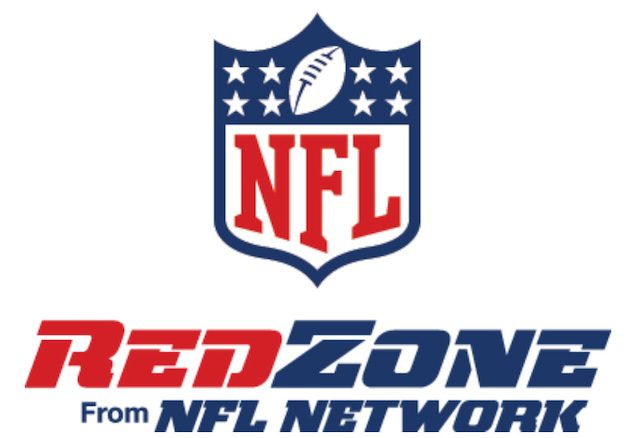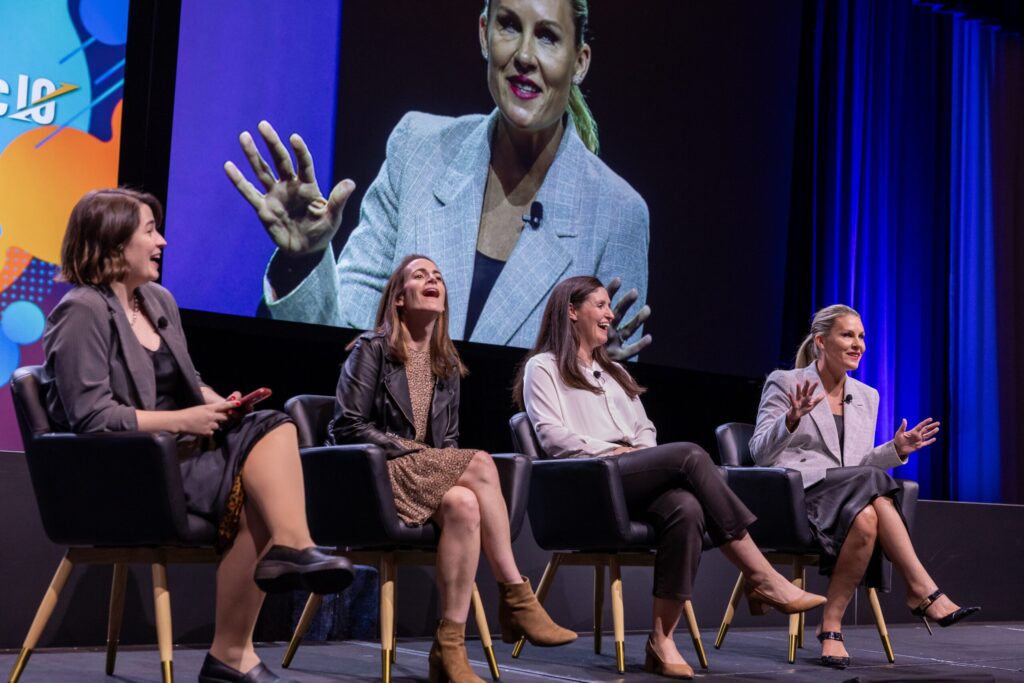
When CMO Lindsey Christensen joined Thoughtbot two years ago, the company didn’t even have a marketing department.
“They had built the company on culture of knowledge sharing,” she says. “They had strong organic marketing impulses that they didn’t necessarily classify as marketing per se, and this was a great foundation to build on.”
Thoughtbot is a design consultancy that helps technology innovators and start-ups design and deploy applications. The company, with six offices in the U.S. and the U.K., had a great reputation, so Christensen focused on building out buyer personas, creating thought leadership content, introducing lead tracking and improving data collection. She started by interviewing key stakeholders throughout the organization, to make sure the new marketing approach jibed with company culture.
“There was a negative connotation around what [doing] sales and marketing might mean—people thought it might mean embellishing the truth, or that advertising tactics might ruin the reputation,” says Christensen, a keynote panelist at LeadsCon’s Connect to Convert in Boston, Sept. 25-27. “We were educating folks around the fact that many of the things they were already doing were marketing, and we just wanted to amplify that.”
Because Thoughtbot is a tech consultancy, as opposed to a company that markets software or hardware, the focus had to be heavily geared towards building long-term engagement. “It isn’t a one and done deal—we need to figure ways out that will nurture relationships and get additional projects from them,” she says. “There are nuances [to it]. Our biggest source of new leads is referrals, so we [need to] encourage referral behavior with clients.”
More From the Connect to Convert Faculty:
- Content Helps Toast Serve Tech to Restauranteurs
- Q&A: How Constant Contact is Proving Marketing’s Worth
- TeePublic Follows Trends and Marketing Metrics
Because of long-term aspect, the company also looks to work with clients that share their values. “There are quite a number of cultural things that we find important for a client to demonstrate,” she says. “Once a lead is passed to sales, there is a whole other layer of communications that can be trickier than, say, just getting someone to sign a PO for software.”
Thoughtbot works with start-ups looking to work on an idea and validate that the product is a viable one to bring to market, as well as more established young companies that have been around a few years, but perhaps haven’t gone public yet. Larger enterprises with innovation groups trying to create a new product are also part of the client mix.
To hear more from Lindsey, join us at LeadsCon’s Connect to Convert 2019 in Boston, Sept. 25-27
“There’s such a wide range of [start-up] founders, and the ones we work with are working full time on their idea,” she says. “They’ve done a significant amount of research, and may have already raised a significant amount of capital, and have something to test and iterate on.”
Like all marketers, Thoughtbot looks at lifetime value, and has seen some interesting patterns among its client base.
“We looked at the existing client base—size of client, deal, location—to see what insights emerged from a marketing standpoint,” says Christensen. “We found that the lifetime value from some of our early founder clients [from smaller companies] was higher than the really big enterprise clients, [likely] because even though the enterprises wrote bigger initial contracts, the founders came back for more work year after year, which added up.”


 Network
Network

